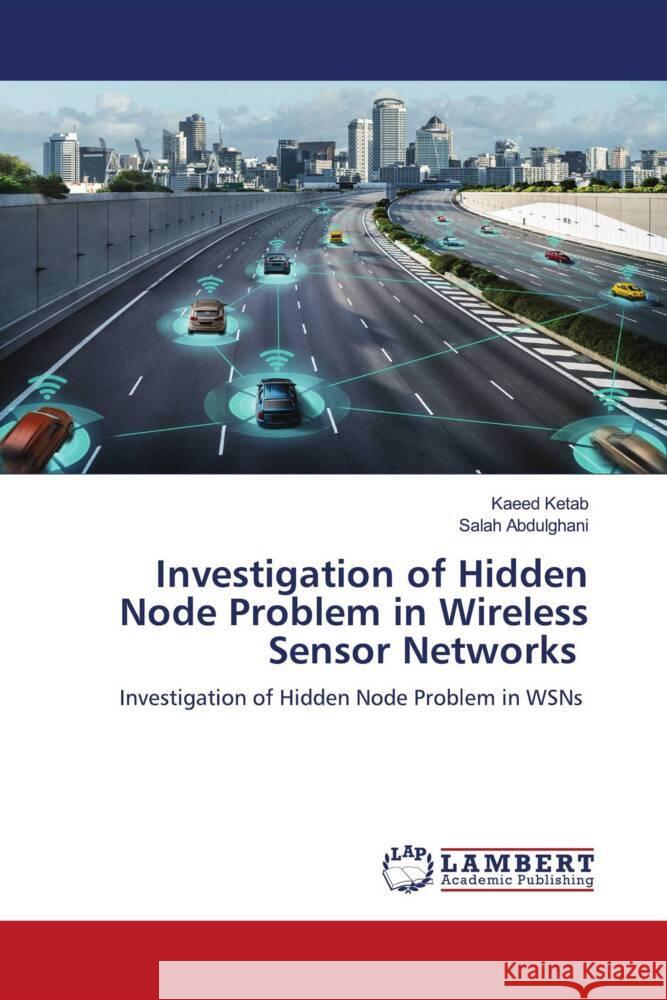Investigation of Hidden Node Problem in Wireless Sensor Networks » książka
Investigation of Hidden Node Problem in Wireless Sensor Networks
ISBN-13: 9786202095792 / Angielski / Miękka / 192 str.
Wireless sensor network (WSNs) is one of the most important and fast-growing wireless networks. However, it faces real challenges with energy conservation. There are different reasons to consume energy such as idle listening, overhearing, control packet overhead, and collisions. The hidden node problem is the main cause for network collisions and heavily degrade the network performance overall. In addition, throughput degradation and delay time to successfully send data were increased. MAC layer is mainly responsible for accessing transmission channels so that with a good channel access mechanism, hidden node problems could be avoided. This book focused on studying the effects of hidden node problems on the WSN performance, using four different MAC protocols (IEEE 802.11, IEEE 802.15.4, SMAC, and TDMA) and six performance metrics, Throughput, Goodput, PDR, Average delay, Residual energy, and first and last dead node. Sixteen different scenarios were implemented with variable network size and variable field distance to conclude which is the best number of nodes to be used depending on a specific field distance and performance metrics requirements.











